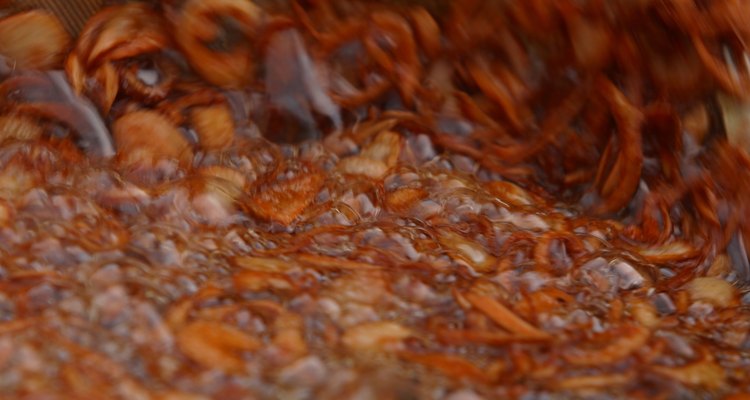
Refreezing is sometimes necessary when you have made a dish using frozen food but still have too many leftovers. Most foods can be refrozen, whether meat, produce or cooked dishes, if you follow safe thawing methods. The manner in which food is thawed can determine the amount of exposure it has to bacteria. Refreezing cooked foods is an excellent way to save future meals such as casseroles, soups and baked goods.
Thawing
Safely thaw frozen food first to ensure that it will be safe to eat again. When thawing food that you may want to refreeze later, put the food in the refrigerator to thaw, rather than in cold water or the microwave. This will allow the food to thaw slowly, preventing bacteria from growing on the food.
Refreezing Basics
Always refreeze any food within two hours of removing it from the refrigerator. This will preserve the most flavor, color, color and texture of the food. With any frozen food, remember to label the food with the date that it was frozen for safety. When storing the food to refreeze it, add a small amount of food at a time and don’t put it too close to other frozen foods. This way, the cold air can refreeze the item quickly and safely. Foods that have been fully defrosted or are still frozen to the point of having ice crystals can be refrozen. Don’t refreeze food that is only partially thawed.
Meat
You can refreeze raw or cooked frozen meat. Use proper handling techniques with the frozen meat to ensure its safety. If the meat was frozen in its original packaging or was wrapped before being frozen the first time, it should be safe to refreeze. Wrap the meat in several layers of butcher paper when refreezing to block out bacteria. Note that refrozen meat will keep for two to three months if cooked and anywhere from six to 12 months if uncooked.
Cooked Items
While cooked foods, such as pre-made dinners, soups or desserts can be refrozen, keep in mind that each time you refreeze the dish, it will lose some of its taste quality. An easy solution is to freeze the food in smaller containers, so that you minimize the amount of refreezing necessary. Refreeze quickly with cooked foods and try to have minimal items in the freezer so that the air can circulate. Baked goods refreeze especially well.
Warning
Don't refreeze milk-based foods such as ice cream or desserts with a cream filling. The makeup of the cream changes in the freezer and when you thaw it out the quality of the food is greatly diminished. With the exception of high acidity fruits, limit the amount of produce you try to refreeze. The taste is affected by the freezing process and can leave you with bland fruits and vegetables.
Related Articles
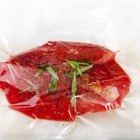
Rules for Thawing and Refreezing Meat

Can You Cook Frozen Foods That Are Past ...
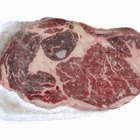
What Happens if Meat Unfreezes and Then ...
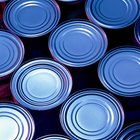
Can You Freeze Canned Goods?
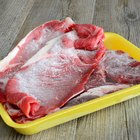
Can You Use Stew Meat That Has Been ...
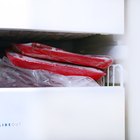
How Long Do You Keep Meat in Freezer?

How Long Can Frozen Food Sit Out Before ...

FDA Food Storage Temperature Guidelines
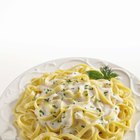
Can You Make Chicken Fettuccine Alfredo ...

How to Keep Lunch Meat
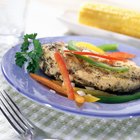
What Happens to Boneless Chicken if I ...

How to Thaw, Cook & Refreeze Vegetables
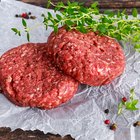
Can You Freeze Raw Hamburger, Cook It & ...

If Meat Is Frozen, How Long Does It ...

Freezing a Dish With Sour Cream in It
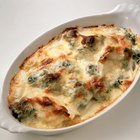
Can You Freeze Casseroles With ...

How to Store Dehydrated Foods
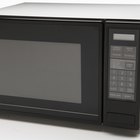
Can You Cook Something Frozen in the ...
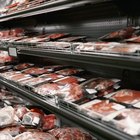
How Long Can Meat Stay out of the ...

What Are the Best Containers to Freeze ...
References
- “The Busy Person's Guide to Preserving Food: Easy Step-by-Step Instructions for Freezing, Drying, and Canning”; Janet Chadwick; 1995
- “Put 'em Up! A Comprehensive Home Preserving Guide for the Creative Cook, from Drying and Freezing to Canning and Pickling”; Sherri Brooks Vinton; 2010
- "How to Freeze: Everything You Need to Know About Freezing”; Carolyn Humpheries; 2003
Writer Bio
Melissa Hamilton began writing professionally in 2007. She has enjoyed cooking creatively in the kitchen from a young age. In addition to writing cooking articles for various publications, she currently works in the restaurant industry as a food and beverage trainer.
Photo Credits
Hemera Technologies/AbleStock.com/Getty Images